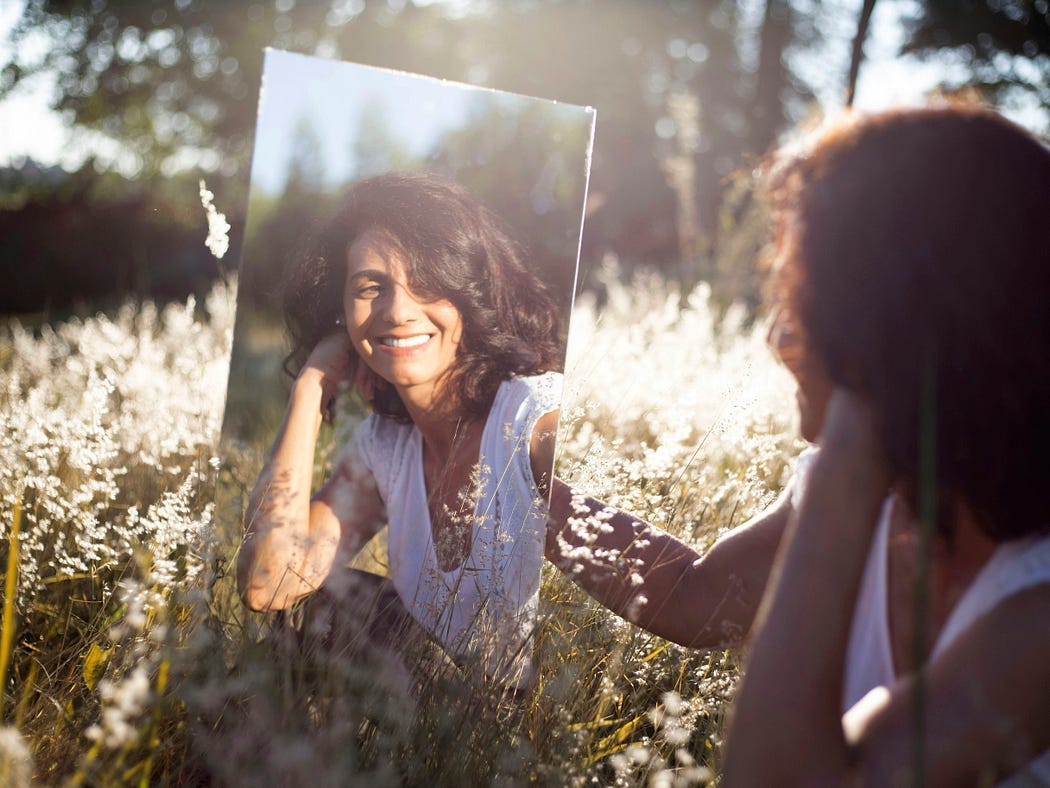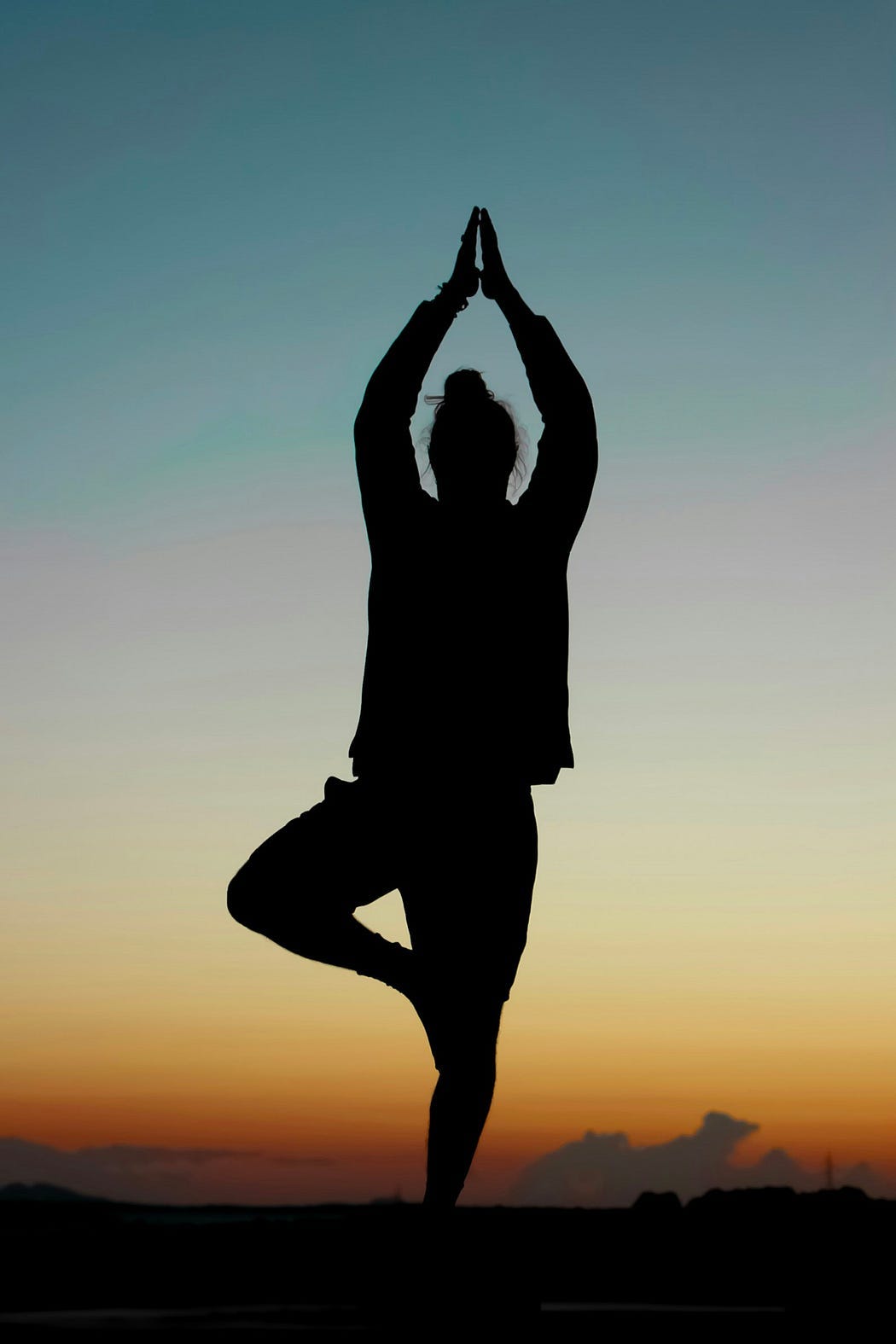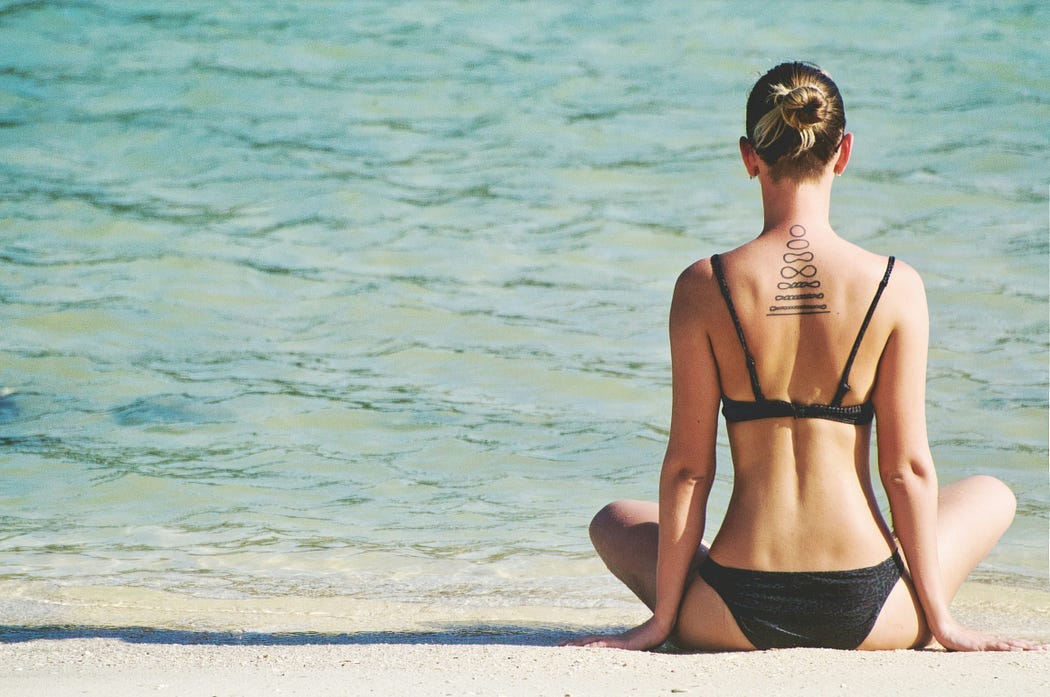5 Powerful Hacks to Instantly Boost Confidence, Crush Stress, and Elevate Your Well-Being
Simple strategies to transform your mindset

In the age of prescription pills and substance abuse (especially in the US), it might be time to consider some simple approaches to managing our feelings.
I won’t delve into causes for anxiety here- cause we all have our own stories and triggers.
But I want to touch upon 5 simple hacks (backed by science) that can help you feel better:
Sit up
Smile
Dance
Yoga
Haka
1. Sit Up
Not because your mom or grade school teacher used to tell you to (though they were onto something without even knowing it) but because it can actually change stress levels and confidence levels in your body.
We activate a Mind-Body feedback loop when we stand/sit tall with shoulders back.
This act sends signals to our brain that we are in control and capable.
It triggers the brain to release testosterone (confidence hormone) and reduce cortisol (stress hormone). A Harvard psychologist (Amy Cuddy) demonstrated these biochemical changes in a study she completed.
Sitting up straight also opens up your chest allowing for better oxygen flow and improved circulation. The better our blood flows the better our moods are.
I implement this tiny adjustment often when I feel a ‘low’ thought seeping in.
The mere act of sitting up or walking tall helps me curb a bummer feeling before it takes hold.
Am I 100% compliant in this? Nope!
But I do it often enough to know it changes my state of mind when I implement it.
Catch yourself next time you slouch feeling low and sit up straight for a few minutes. Do a self-assessment- how do you feel?
2. Smile

“Turn that frown upside down.”
Yup, I just dropped that annoying clichè.
But there is hidden wisdom in that line.
The simple act of smiling can have a powerful effect on your mood and mental well-being.
Even if you’re not feeling particularly happy, forcing a smile can trick your brain into releasing feel-good chemicals like dopamine, serotonin, and endorphins.
A study published in the Journal of Psychological Science supports the facial feedback hypothesis, which suggests that our facial expressions can influence our emotions.
Smiling activates neural pathways that improve emotional regulation and reduce stress.
The act of smiling sends a message to your brain that you’re feeling good, leading to a positive feedback loop that can boost your mood and lower anxiety.
I have never been a big smiler- I realized (through some reflection), it’s because I had buck teeth growing up and kids used to bug me for it. So I learned to keep my lips closed.
I definitely had the best poker face in every childhood picture.
Too bad my parents discouraged gambling–I really could’ve been an all star poker player by now— (kidding…..I suck at cards):)
Well, braces to the rescue — I no longer have the crutch of buck-teeth to discourage a smile. I am working on upping my smile ratio.
Smiling not only makes the smiler feel better it can also be a simple act of kindness.
You can help lift someone else’s mood by sending a quick smile to them. Chances are they will smile back. Win-win!
Also, consider a more metaphysical concept here: reality is a mirror that reflects our own state of being back to us.
You need to smile into a mirror first to be able to see the smiling reflection.
You get back what you put out.
3. Dance

Moving your body rhythmically to music can lift your spirits, reduce stress, and improve your overall well-being.
A study published in Frontiers in Psychology found that dancing not only alleviates symptoms of anxiety and depression but also enhances cognitive flexibility and social connection.
Dancing releases endorphins, the body’s natural painkillers, and triggers the release of dopamine, which enhances feelings of happiness and reward.
The physical activity of dancing increases blood flow to the brain, improving cognitive function and reducing stress.
Here’s my take on dancing:
I absolutely love dancing!
Don’t be misled- I am not a GOOD dancer but I have enjoyed dancing since I was a little girl.
In my teens, my best friend used to come over every Friday night and we would dim the lights, dress up, and dance the night away in my room like “we be clubbing”.
It was literally only the two of us but we would have so much fun just moving around to all sorts of music.
At that age, I never thought to look up the scientific reasons why dancing could make me feel happy because the proof was in the pudding.
Go ahead and dust off those Irish ghillies and get ready to do the “Riverdance”!
Or just freestyle shift around the room with no planned dance moves.
I grew up listening and dancing to bhangra music (Punjabi) and a token way we would explain to our non-Punjabi friends to do a common move was to pretend like you’re screwing in a lightbulb.
Raise your arms and twist your wrists over and over again.
Looks hilarious but feels great!
4. Practice Yoga

Yoga combines physical postures, breathing exercises, and mindfulness to create a powerful practice for both the body and mind.
There is a ton of research published out there that indicates that regular yoga practice can significantly reduce stress, anxiety, and depression while improving overall well-being.
Specifically there was a study at the Benares Hindu University where a dozen men underwent six months of vigorous yoga training. They did various poses (cobra, seated twist, wheel, full lotus, shoulder stand etc.) The end result was an average testosterone production increase of 57%.
Reminder- increased testosterone levels improve a sense of confidence.
To be clear, this is for both males and females. There is a hormonal balance in play here.
Yoga postures encourage body awareness, balance, and flexibility, while controlled breathing helps calm the nervous system and reduce the body’s stress response.
The mindfulness aspect of yoga also promotes relaxation and emotional resilience, leading to a more balanced mental state.
Yoga is new practice for me, but I have started a 21 day yoga challenge for myself and 8 days in I already feel a bit stronger and well balanced.
I am doing an alternate nostril breathing technique in addition to yoga positions and its effects are pretty immediate.
The process works to calm you down and balance our two nervous systems: sympathetic (stressed) and parasympathetic (relaxed) systems.
Here’s a link to a YouTube video for beginners yoga poses that I have been doing.
5. Perform the Haka
If you haven’t ever watched the New Zealand rugby team(All Blacks) play- imagine this:
A group of 15 to 23 robust, well-built athletes, averaging 6 feet tall and weighing around 220 pounds each, stand in formation on the field.
Their faces are fiercely determined as they rhythmically stomp, slap their thighs, and chest, accompanied by loud, synchronized chants.
Their movements are sharp and deliberate, with wide stances and deep lunges.
The players’ eyes widen, and some may even poke out their tongues in a display of defiance and challenge.
The atmosphere is electrifying, filled with the sound of their collective voices and the thud of their movements against the turf.
The players do this prior to every game to gain a sense of collective confidence, strength, and unity, and undoubtedly it helps their performance on the field.
The Haka is a traditional Māori war dance but I put it in a category of its own as an example that you can use for your own personal dance or ritual to shake out the ‘scaries’ in your life and boost your confidence.
Check out what the actual dance looks like prior to the game (link).
Conclusion:
Whether you are prepping for an interview, presentation, or just trying to get into a greater state of confidence, use these strategies in whatever time frame you can.
A study published in Psychological Science found that holding power poses for just two minutes can increase feelings of dominance and lower stress.
Remember that our body communicates with our mind and we should use these feedback loops to our advantage to boost our sense of well being.
Sit up straight and keep on keepin’ on.




